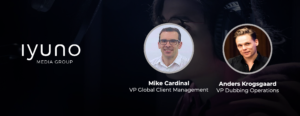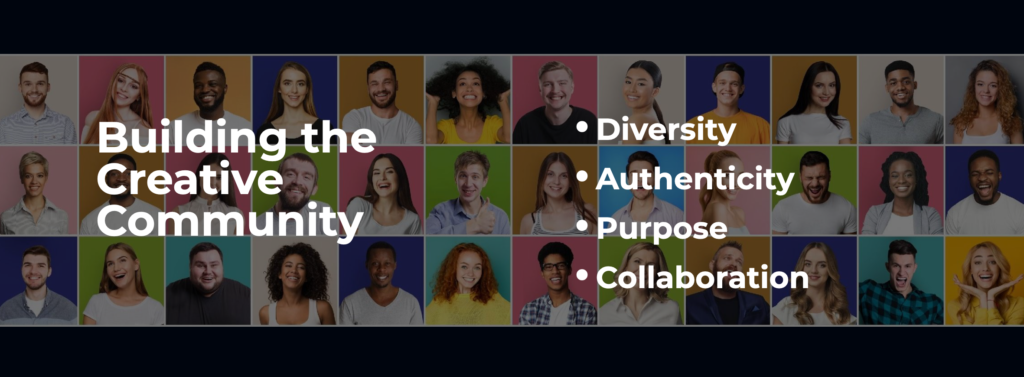Business
Iyuno Media at CWMF: Global Approach Needed for Dubbing Diversity
Story Highlights
Diversity, equity and inclusion may be vital to the growth of the creative voice talent community, but the heightened expectation to consider race, ethnicity, sexuality, gender identity and disability to the casting process can create unique hurdles, depending on where localization efforts are underway.
That’s according to the team at Iyuno Media Group, who shared how they’re approaching inclusion in dubbing Feb. 25, during the presentation “Building the Creative Community: Diversity, Equity & Inclusion of Voice Talents” at the Content Workflow Management Forum, “M&E’s Premiere Localization Event.”
 Script adaptation, direction and voice casting are the three pillars of any good dub, according to Anders Krogsgaard, VP of dubbing operations for Iyuno Media Group. “If any of these three aren’t done well, it will be heard on the screen,” he said. And for the voice actors themselves, the voice match and the actor’s range they’re able to deliver have always been main factors, he added.
Script adaptation, direction and voice casting are the three pillars of any good dub, according to Anders Krogsgaard, VP of dubbing operations for Iyuno Media Group. “If any of these three aren’t done well, it will be heard on the screen,” he said. And for the voice actors themselves, the voice match and the actor’s range they’re able to deliver have always been main factors, he added.
Iyuno sees that, industrywide among all localisation companies, the need to expand the talent base is paramount, and “it’s been a long-term need that the talent pool doesn’t get stale or repetitive,” said Michael Cardinal, VP of global client management for Iyuno. But beyond just the talent, in the past couple of years, Iyuno has seen its clients request more diversity in voice talent, a result of the Me Too and Black Lives Matter movements, with ethnicity and gender identity taken into account.
Cardinal said it’s become commonplace in domestic productions for actors to match the background of the characters they voice, “and we’re seeing those same conversations seep through in the localisation sphere,” he said. “And we’re aware this is a bigger challenge in some markets than others.” In places like Japan, China and Korea, there are very few ethnic minorities as part of the population, and “the amount of diversity is just so small, that it makes matching the makeup of the domestic version [for a dub] extremely challenging.” Western markets pose less of an issue on that front, with more diverse populations.
Understanding the demographics of the audience and discovering a wider talent base outside of the sometimes insular group that exists today are key toward finding just the right voice for the right dub, Cardinal and Krogsgaard said.
 “What’s changed in the past year is diversity and inclusion is front and centre in people’s minds,” Krogsgaard said.
“What’s changed in the past year is diversity and inclusion is front and centre in people’s minds,” Krogsgaard said.
“When we look for new talent, we must take into account the demographics we are targeting.” That means taking a global approach to voice talent, if the local pool in, say, The Netherlands, doesn’t have what you’re looking for.
Click here to access video of the full presentation. Click here to download the presentation slide deck.
The Content Workflow Management Forum was produced by MESA, the Audio Business Continuity Alliance, Content Localisation Council, Smart Content Council, and the Hollywood IT Society, with sponsorship by Iyuno Media Group, Richey May Technology Solutions, Whip Media Group, Deluxe, Digital Nirvana, Meta, Vubiquity, EIDR, Keywords Studios, Los Angeles Duplication & Broadcasting, Nexus TV, OOONA, Signiant and Titles-On.









